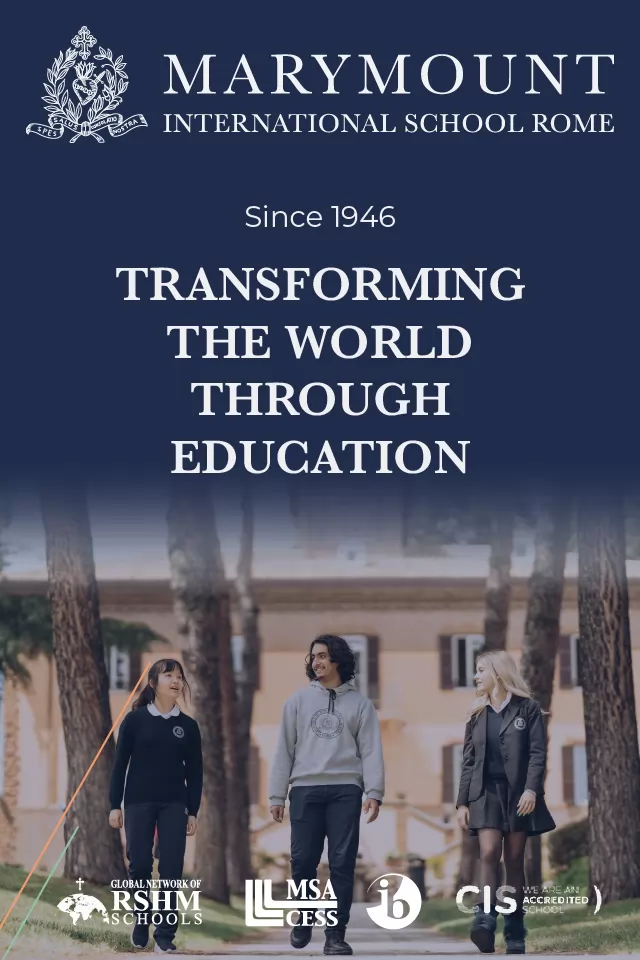The sound of music
A select and privileged audience sat entranced as the magical notes of a venerable Amati violin, dated 1566 and therefore one of the first violins ever created, soared through a room in Palazzo Rospigliosi in Rome. In this unique and unforgettable way, Cremona presented the programme for the 16th edition of the handcrafted musical instrument fair, Mondomusica, to be held in the city from 3 to 5 October.
The fair is a fast-growing event in the music world. The 2002 edition, held for the first time at the new CremonaFiere exhibition centre, was an unprecedented success, with 132 exhibitors attending from 12 countries. Organisers report that exhibitor figures this year are up by more than 50 per cent, with an even stronger international presence. There will be traditional baroque keyboard instruments such as harpsichords and organs, as well as wind instruments and guitars, and the string and plucked instruments so intrinsically linked to the history of the host city.
Cremona, a dairy farming community in the heart of the Padana plain, north of the river Po, has been blessed with an extraordinary destiny. In the 16th century it suddenly became the musical centre of Europe, producing a galaxy of eminent composers and entire generations of supremely gifted artisans, who created the worlds most celebrated stringed instruments. The city was the birthplace of Claudio Monteverdi, the father of opera, as well as Tarquinio Merula, Nicolo Corradino and Amilcare Ponchielli. There were whole dynasties of violin-makers, such as the Amati family, the Guarneri and the Bergonzi, as well as the unrivalled Antonio Stradivarius. The tradition is still carried on today by some 120 local liutai small family businesses making violins, violas, cellos and double-basses with the same dedication as in the past.
The October event, however, is not simply confined to the threeday showroom. As Cremonas mayor Paolo Bodini explained: This will actually be a two-week event where professionals of the music world, craftsmen and the general public can all meet.
The musical bonanza begins on 18 September, with the opening of the 20th edition of the Claudio Monteverdi Festival. Until 12 October the cathedral and various city churches will host recitals and choral performances almost every evening. The festival closes with a special production of Monteverdis Orpheus on 10 and 12 October in the historic Amilcare Ponchielli Theatre one of the first theatres to be built in the then revolutionary horseshoe design.
This October also coincides with the tenth Concorso Triennale Internazionale degli Strumenti ad Arco (the triennial international competition for makers of stringed instruments), dedicated to Antonio Stradivarius. Prizes are allotted for the best handmade, traditional instrument in each of four categories: violin, viola, cello and double-bass. According to Giancarlo Corada, president of the competitions board, 240 contestants have signed up for this event. Their instruments will be on display from 3 to 12 October at the S. Maria della Piet cultural centre. The competition was set up 30 years ago by the local authorities in order to rekindle interest in Cremonas traditional craft, which was on the decline, and it has now expanded to attract competitors from all over the world. Lately, local pride has quite often been dented because some foreigner wins, comments Corada with a wry chuckle: This can cause some controversy. But that doesnt really matter. It helps us keep up our standards.
The real highlight of Cremonas musical autumn, however, will be the exhibition at the civic museum of historic instruments from the London Royal Academy. All pieces produced by Cremona master craftsmen, they include eight Stradivarius and three Amati violins, and a cello by Giuseppe Guarneri. Along with jewels from Cremonas own collection, they will be on display from 4 to 12 October. Apart from a 1620 viola made by the Amati brothers, all the pieces date from the supremely productive 16621734 period, when the most famous violin-making families flourished.
A must for all lovers of baroque music will be the closing concert at the Ponchielli Theatre on the evening of 11 October, when the soloists of the Royal Academy, directed by Clio Gould, will give a concert, playing all the instruments in the exhibition.
While the average piano only lasts 100 to 150 years, the violin ages well, explained violinist Antonio De Lorenzo, who played the ancient Amati at the Rome presentation and showed it to guests afterwards. This one is well over 400 years old, but the wood used to build it would already have been seasoned for 80 years before that. He pointed out that it was slightly smaller and slimmer than modern violins, and the coat of arms of King Charles IX of France its first owner was still visible on the case.
The master artisans of Cremonas golden age produced instruments that were so special and have been so cherished by their owners that they are each referred to by name: the Sunrise, the Archinto, the Habenek, the Abergavenny, the Kunstendyke and the Hellier. The Charles IX Amati is one of the few surviving instruments made by Andrea Amati, the first of the celebrated Amati craftsmen and considered the inventor of the violin. Cremona managed to purchase it in 1966, when after four centuries it finally came back to its old home.
For information and full programme: Ente Triennale degli Strumenti ad Arco, tel. / fax. 037221454, www.entetriennale.com.
CremonaFiere, tel. 0372598011, fax 0372453374, www.cremonafiere.it.
Picture: The craft of violin-making has been flourishing in Cremona since the 16th century.





















